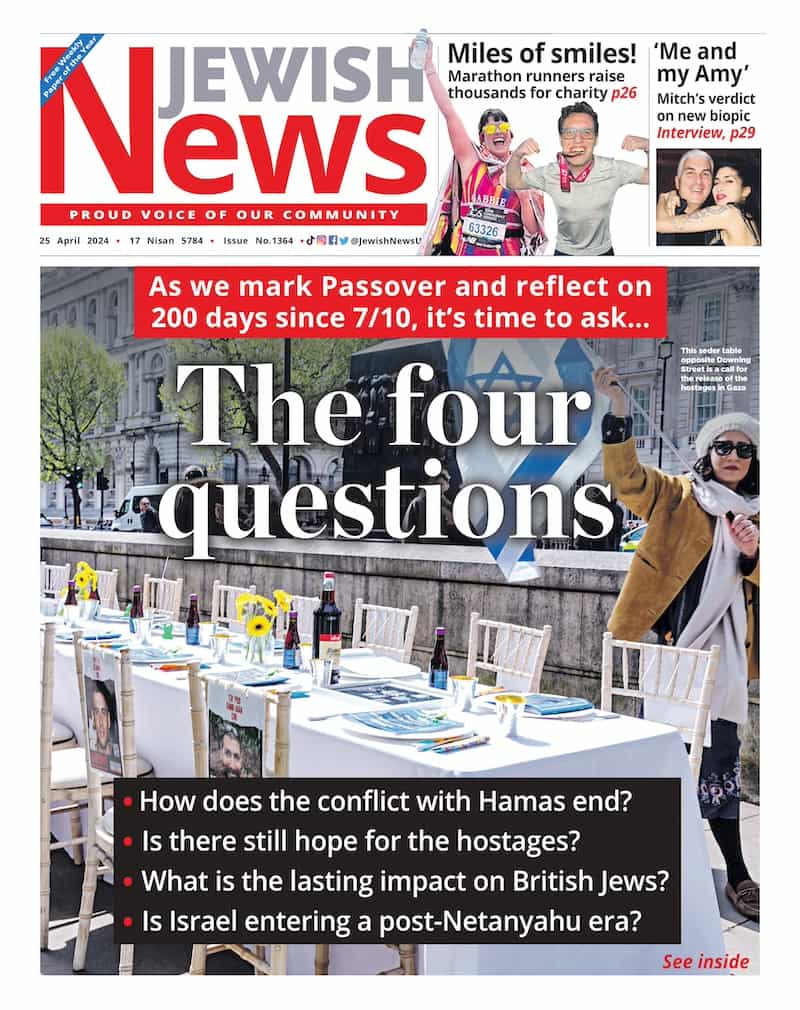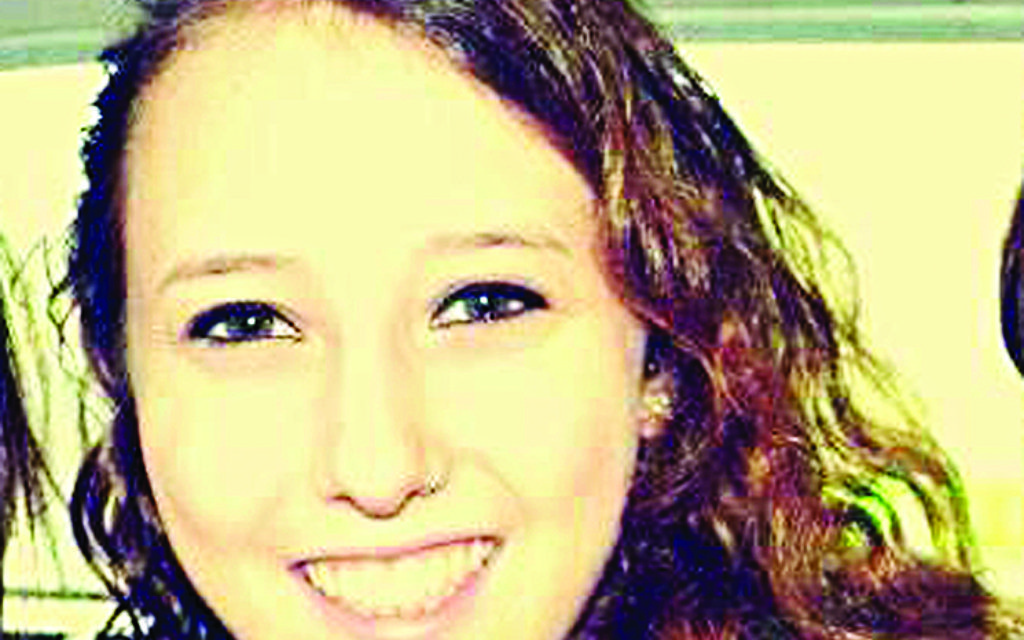OPINION: The lessons of an emotional march
By Daisy Bogod

Before attending March of the Living, I had a somewhat basic understanding of the Shoah. During the trip, I learnt how it worked. I walked through the routes taken by the two groups of prisoners in Auschwitz-Birkenau: the groups taken straight to the gas chambers and the groups stripped, shaved, disinfected, tattooed and crammed into barracks of thousands to await inevitable death.
Majdanek was perhaps the most visual. I remember most clearly a small room separated from the gas chambers by a small, barred window. It was here that Zyklon B was released, suffocating the hundreds of people visible through the window, whose last moments are documented in scratch marks on blue-tinged walls.
Get The Jewish News Daily Edition by email and never miss our top stories Free Sign Up
Around 500,000 Jews died at Belzec. The memorial there was beautifully done but it was difficult to process what literally happened other than with an abstract feeling of tragedy.
Birkenau is massive. Many of the barracks remain in the exact condition as 70 years ago. There are four small rectangular ponds, which are estimated to contain the ashes of the one million Jews gassed and cremated there. The rooms of the museum in Auschwitz were piled with possessions of the 1.3 million people murdered there: photos of families and loved ones, named and addressed suitcases, shoes, crockery, and hair.
The numbers seem unreal.
When we returned to Auschwitz-Birkenau for the march there were 11,000 Jews from across the world – equivalent to one percent of the Jews who died there – excitedly exchanging greetings and merchandise prior to the actual march. It was a weird, surreal experience, and there were definitely aspects I felt uncomfortable with or thought slightly inappropriate – selfie-sticks, littering and hordes of Israeli flags, for example – but parts were some of the most incredible, empowering and identity-affirming experiences I’ve ever had.
This has opened my eyes to the important journey I have to make of learning and educating about the Shoah. I am incredibly grateful for everyone who helped shape my experience.
But I’m more grateful that I am here and part of such a passionate Jewish kehilla (community).
Daisy Bogod is a member of LJY-Netzer, the youth movement of Liberal Judaism

Thank you for helping to make Jewish News the leading source of news and opinion for the UK Jewish community. Today we're asking for your invaluable help to continue putting our community first in everything we do.
For as little as £5 a month you can help sustain the vital work we do in celebrating and standing up for Jewish life in Britain.
Jewish News holds our community together and keeps us connected. Like a synagogue, it’s where people turn to feel part of something bigger. It also proudly shows the rest of Britain the vibrancy and rich culture of modern Jewish life.
You can make a quick and easy one-off or monthly contribution of £5, £10, £20 or any other sum you’re comfortable with.
100% of your donation will help us continue celebrating our community, in all its dynamic diversity...
Engaging
Being a community platform means so much more than producing a newspaper and website. One of our proudest roles is media partnering with our invaluable charities to amplify the outstanding work they do to help us all.
Celebrating
There’s no shortage of oys in the world but Jewish News takes every opportunity to celebrate the joys too, through projects like Night of Heroes, 40 Under 40 and other compelling countdowns that make the community kvell with pride.
Pioneering
In the first collaboration between media outlets from different faiths, Jewish News worked with British Muslim TV and Church Times to produce a list of young activists leading the way on interfaith understanding.
Campaigning
Royal Mail issued a stamp honouring Holocaust hero Sir Nicholas Winton after a Jewish News campaign attracted more than 100,000 backers. Jewish Newsalso produces special editions of the paper highlighting pressing issues including mental health and Holocaust remembrance.
Easy access
In an age when news is readily accessible, Jewish News provides high-quality content free online and offline, removing any financial barriers to connecting people.
Voice of our community to wider society
The Jewish News team regularly appears on TV, radio and on the pages of the national press to comment on stories about the Jewish community. Easy access to the paper on the streets of London also means Jewish News provides an invaluable window into the community for the country at large.
We hope you agree all this is worth preserving.
-
By Brigit Grant
-
By Laurent Vaughan - Senior Associate (Bishop & Sewell Solicitors)
-
By Laurent Vaughan - Senior Associate (Bishop & Sewell Solicitors)
-
By Laurent Vaughan - Senior Associate (Bishop & Sewell Solicitors)
-
By Laurent Vaughan - Senior Associate (Bishop & Sewell Solicitors)






















